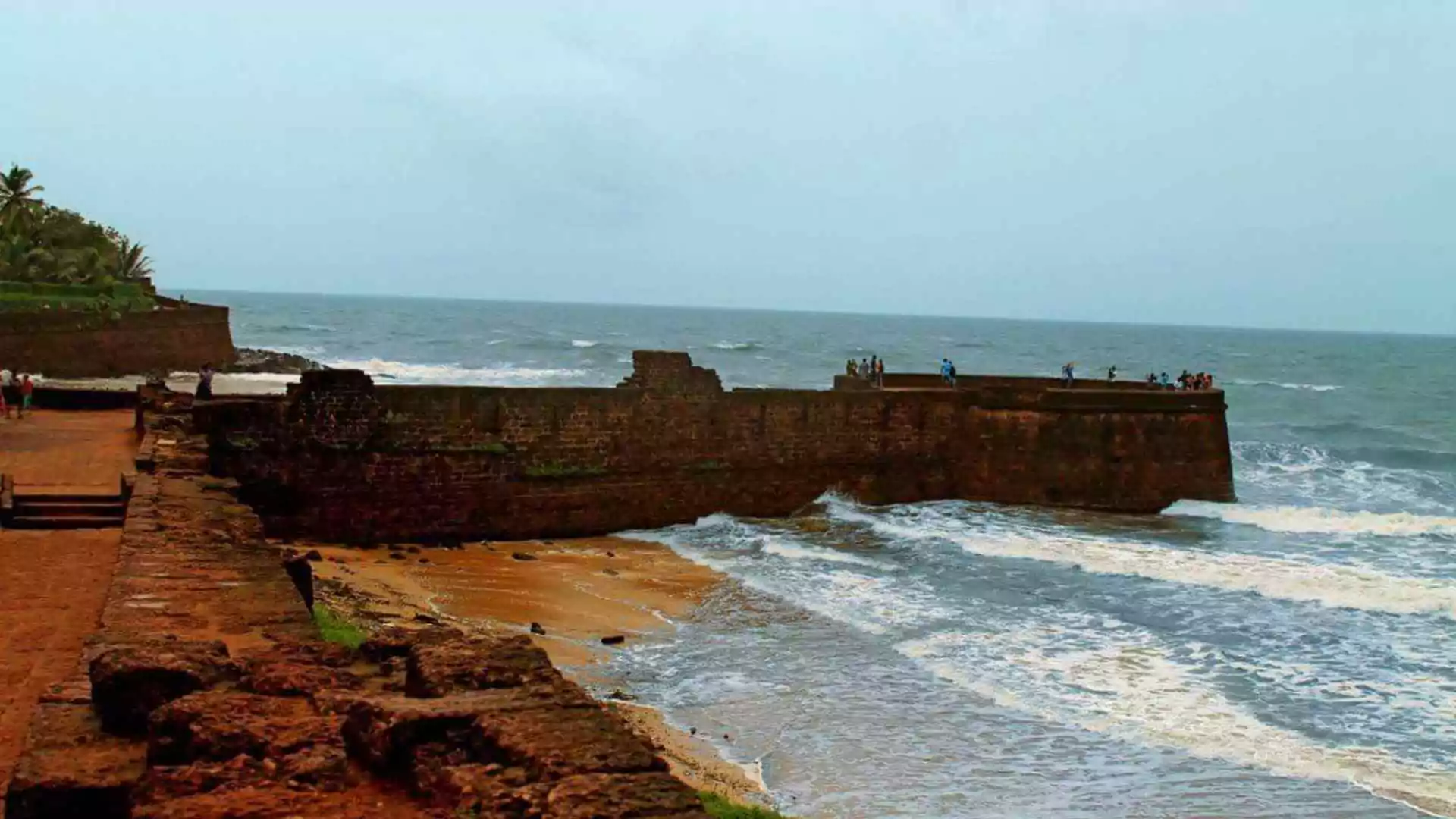A petition was filed in the Aligarh civil court, Uttar Pradesh, alleging that the Mughal-era Jama Masjid was constructed on the site of a demolished Shiva temple, Buddhist stupa, and Jain temple in the 18th century.
The plea, submitted by RTI activist Pandit Keshav Dev Gautam, is based on responses received from various government departments, including the Aligarh Municipal Corporation, following RTI queries.
According to Gautam, the court, presided over by Civil Judge Gajendra Singh, has scheduled the case for hearing on February 15. Gautam has been investigating the origins of the Jama Masjid for some time, filing multiple RTI requests to uncover details about the mosque’s construction. Historical records suggest that the mosque was built between 1724 and 1728 during the reign of Mughal Emperor Muhammad Shah.
The 300-year-old Jama Masjid is located in the Upper Kot area of Aligarh, a densely populated Muslim-majority locality. Gautam’s RTI queries have revealed a response from the Aligarh Municipal Corporation, which indicated that the mosque was built on “public land without government approval.”
This information, according to Gautam, led him to approach the court, seeking to declare the current Jama Masjid management committee as “illegal.”
The petition also calls for the government to take over the mosque site. Gautam has presented his findings in a formal petition, which has been stamped by an oath commissioner. The court’s decision to take up the case in February will likely spark further debate over the historical and legal implications of the mosque’s origins.
This case brings to the forefront ongoing discussions regarding the ownership and history of religious sites, particularly those that date back to the Mughal era. The outcome of the upcoming hearing in February could set a significant precedent for similar cases across India.
Read More: Air Force Chief Flags Tejas Delays Amid China’s 6th Gen Jet Progress






















